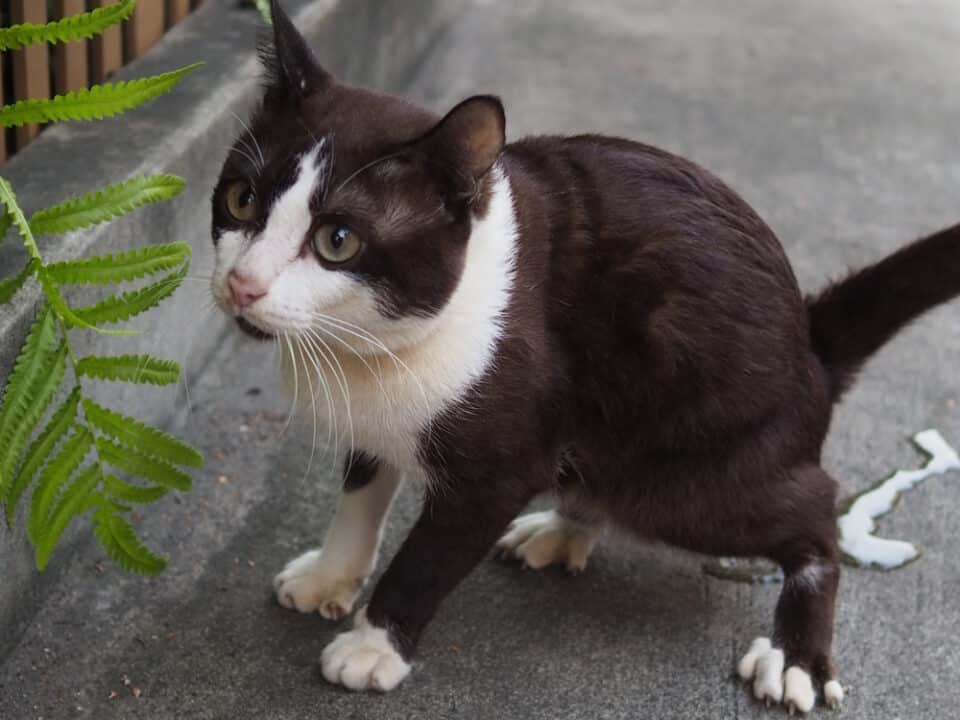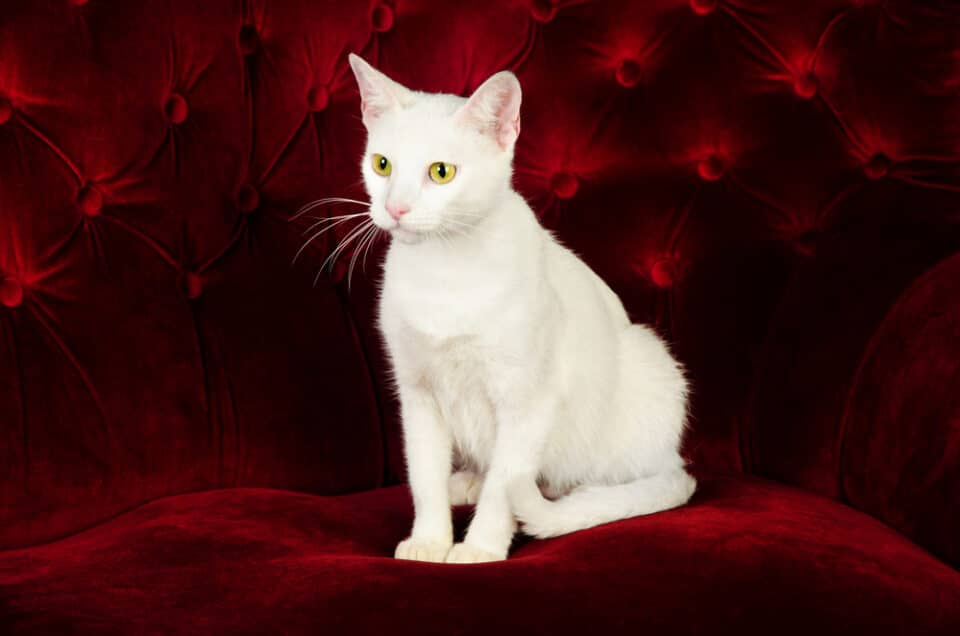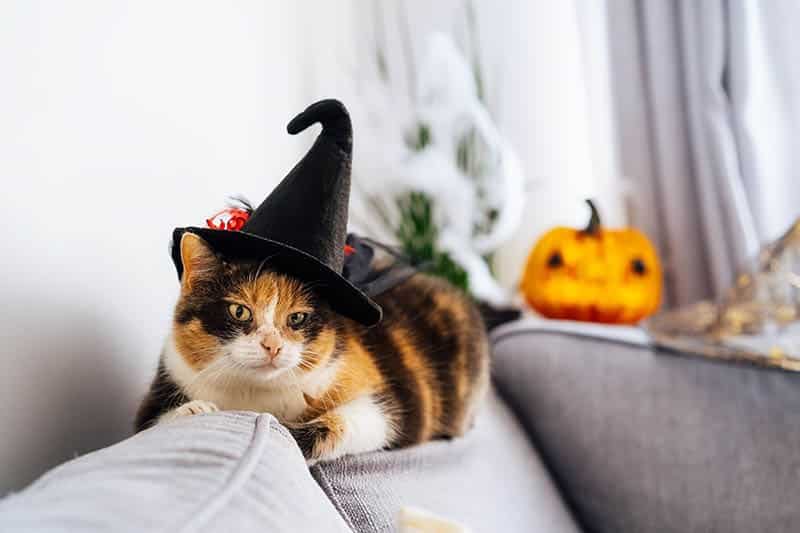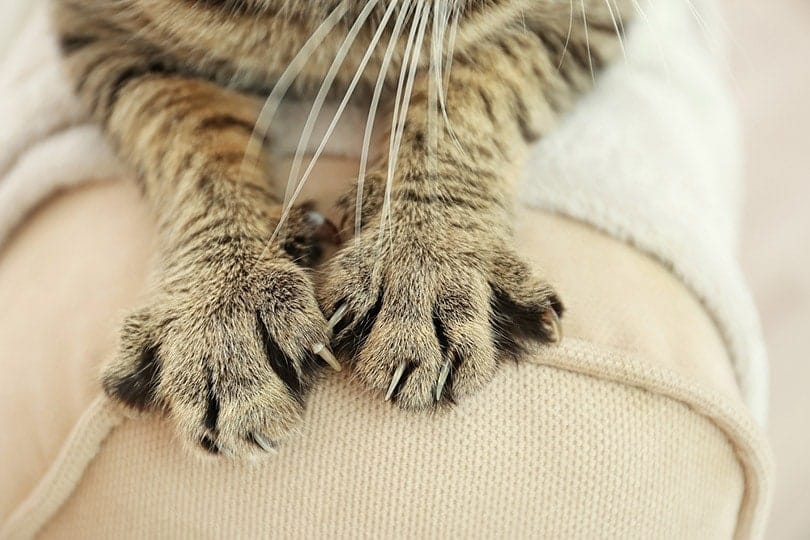Have you ever spotted a cat with a curly tail and wondered why it’s different from the usual straight or slightly curved versions? Well, turns out this tail twist can hint at a unique breed mix in your furry friend. Let’s dive into the world of cats flaunting their quirky curled tails—there’s quite a tale behind them!
Curly tails in cats are a rare and captivating feature that primarily show up in mixed breeds. What makes a cat’s tail curl? It’s likely a genetic mutation that doesn’t cause any harm, so it’s purely an adorable trait. Currently, no breed consistently shows this feature, but several have been noted for it from time to time.
The Russian Blue, for instance, is a breed that has occasionally displayed curly tails. Known for their striking green eyes and shimmering blue-gray coats, these cats exude a regal charm matched only by their endearing smiles. Another curiously tailed breed is the Scottish Fold, famous for its folded ears and sweet demeanor. Though not all have these traits, some might surprise you with a curled tail.
Then there’s the Devon Rex, a breed with an impish expression and a playful nature. They might not be common, but their genetic lineage can sometimes result in a curly-tailed kitten. Meanwhile, Persian cats, lauded as the quintessential lap cat with their luxuriant coats, might also surprise their owners occasionally with this unique feature.
Siamese cats, one of the world’s oldest breeds, used to have kinked tails—a trait bred out over time but sometimes still appearing today. Bengals, energetic and wild-looking, have also been known to sport curled tails, such as a Bengal kitten named Shinobu, who was found in Arizona.
On the more exotic end, Sphynx cats draw attention with their hairless bodies and sociable nature. Their tails often naturally curl at the tip, adding to their charm. Ocicats, who look like wild cats but are pure domesticated sissies, and Ragdolls, with their tendency to go limp like a stuffed toy, also sometimes show this curling trait.
Turkish Vans come with equally fascinating legends of sailing on Noah’s Ark. Their smooth fur and varied colorful markings might catch your eye, as could their curly tails. Singapura cats, known for their petite size and big ears, have Siamese ancestry, which increases the curl likelihood in their tails.
The American Keuda and its striking resemblance to the Egyptian Mau have been noted for a curly tail trait, more prominent in kittenhood, as a certain “Curlietail” kitty proved. As for experimental breeds like the American Ringtail, they represent an exciting effort to develop a breed with permanent tail curls.
Finally, the Australian Curly-Tailed Cat, discovered in Adelaide, adds to the curiosity around felines with naturally curling tails. Alana, a stray, and her kittens all had this distinctive trait, sparking interest from breeders internationally.
So, while the science behind these curly tails isn’t fully understood and remains, for now, an unpredictable twist in feline genetics, these cats bring a unique charm to those lucky enough to encounter them.
For now, curly-tailed cats remain as unpredictable as they are delightful. You might not always find them, but when you do, it’s a special sort of surprise showcasing the quirky diversity of feline genetics. Even without this tail twist, the breeds mentioned here can provide endless affection and companionship. Whether it’s through their intriguing features or lovable personalities, cats never cease to amuse and amaze.










